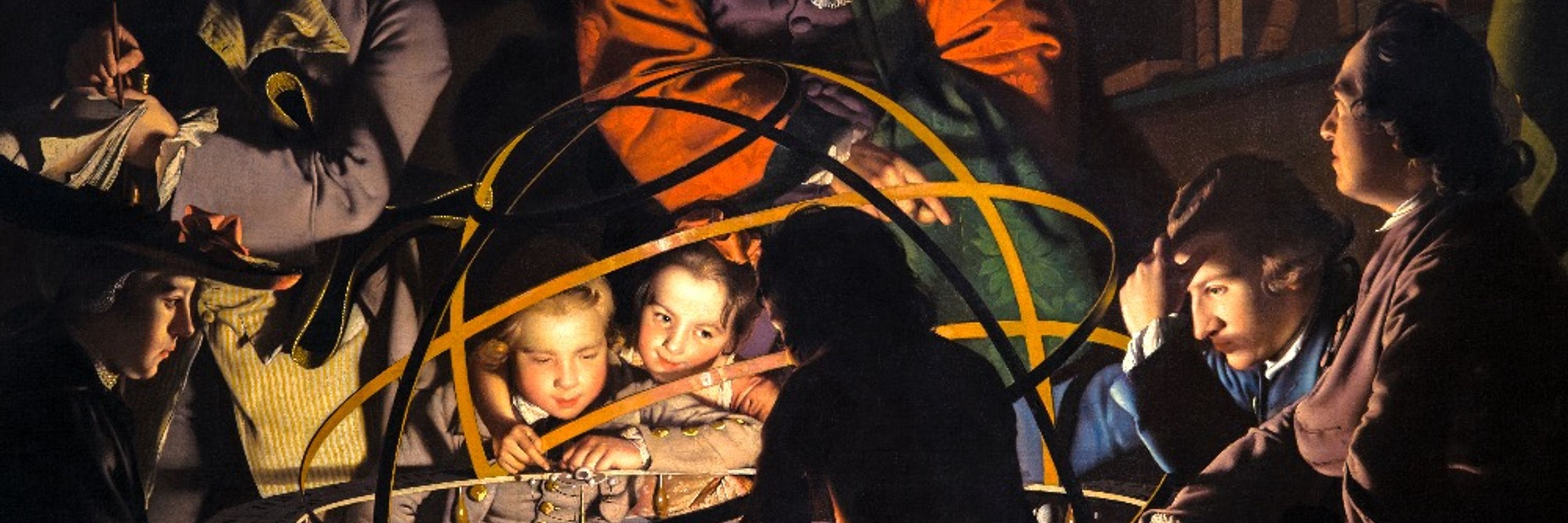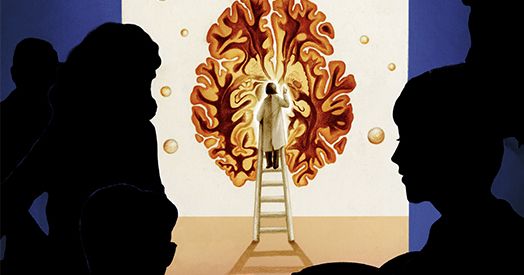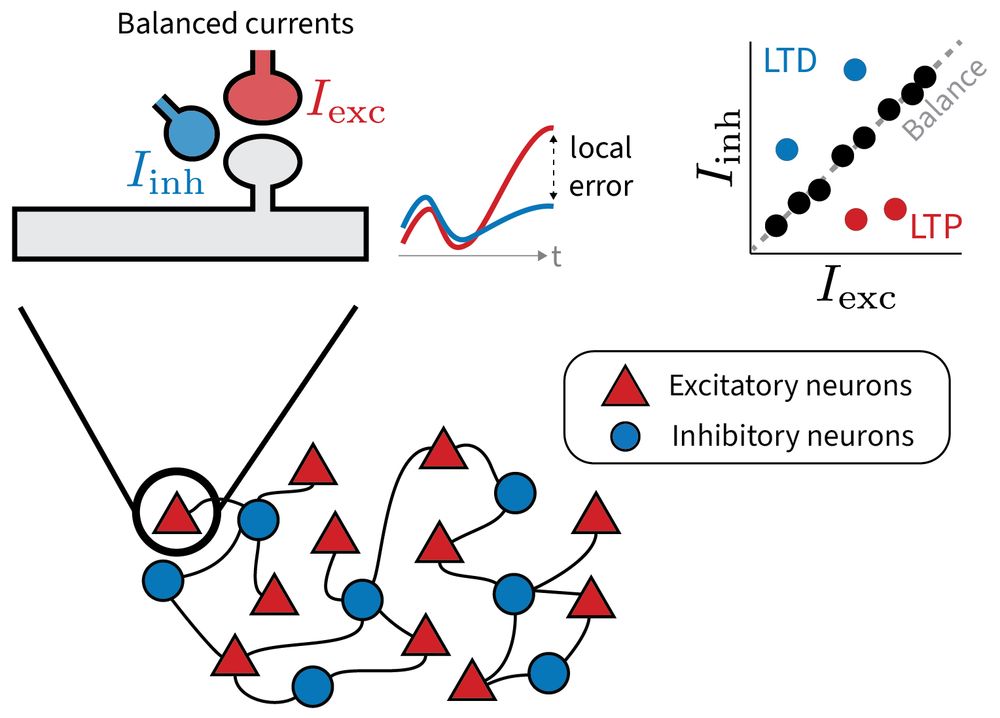Jascha Achterberg
@achterbrain.bsky.social
2.2K followers
910 following
160 posts
Neuroscience & AI at University of Oxford and University of Cambridge | Principles of efficient computations + learning in brains, AI, and silicon 🧠 NeuroAI | Gates Cambridge Scholar
www.jachterberg.com
Posts
Media
Videos
Starter Packs
Reposted by Jascha Achterberg
Reposted by Jascha Achterberg
Reposted by Jascha Achterberg
Reposted by Jascha Achterberg
Reposted by Jascha Achterberg
Reposted by Jascha Achterberg
Reposted by Jascha Achterberg
Reposted by Jascha Achterberg
Reposted by Jascha Achterberg
Reposted by Jascha Achterberg
Dan Goodman
@neural-reckoning.org
· May 29
Reposted by Jascha Achterberg
Dan Levenstein
@dlevenstein.bsky.social
· May 27

















